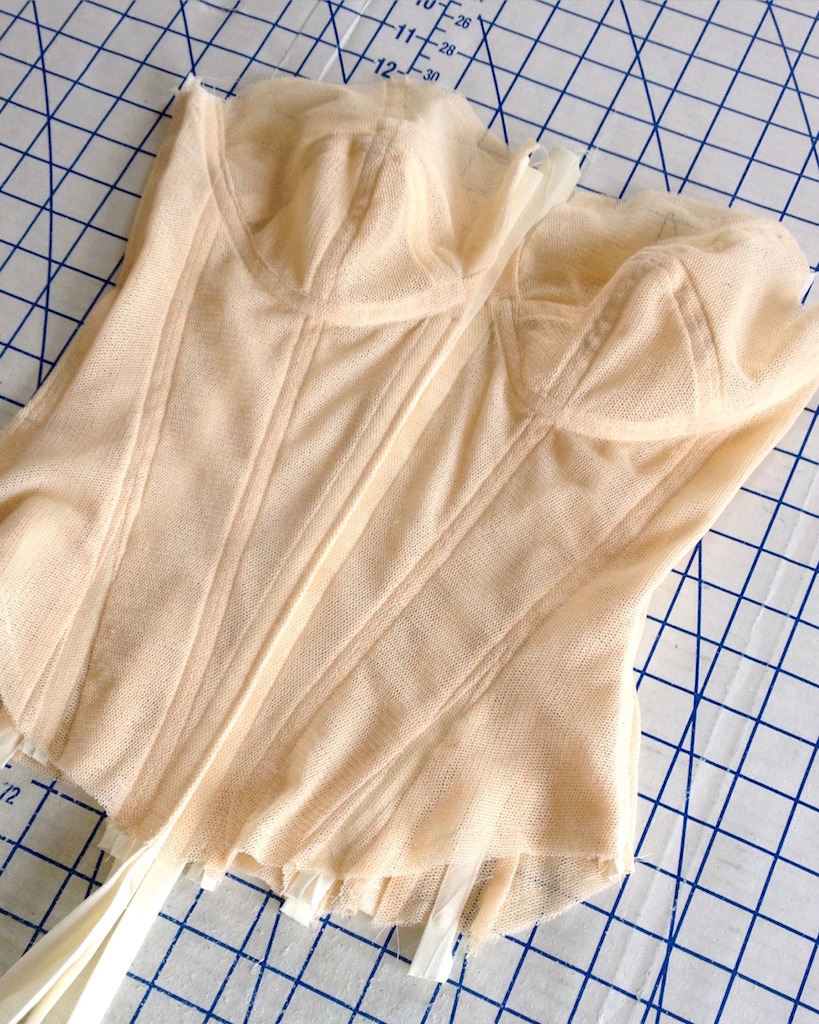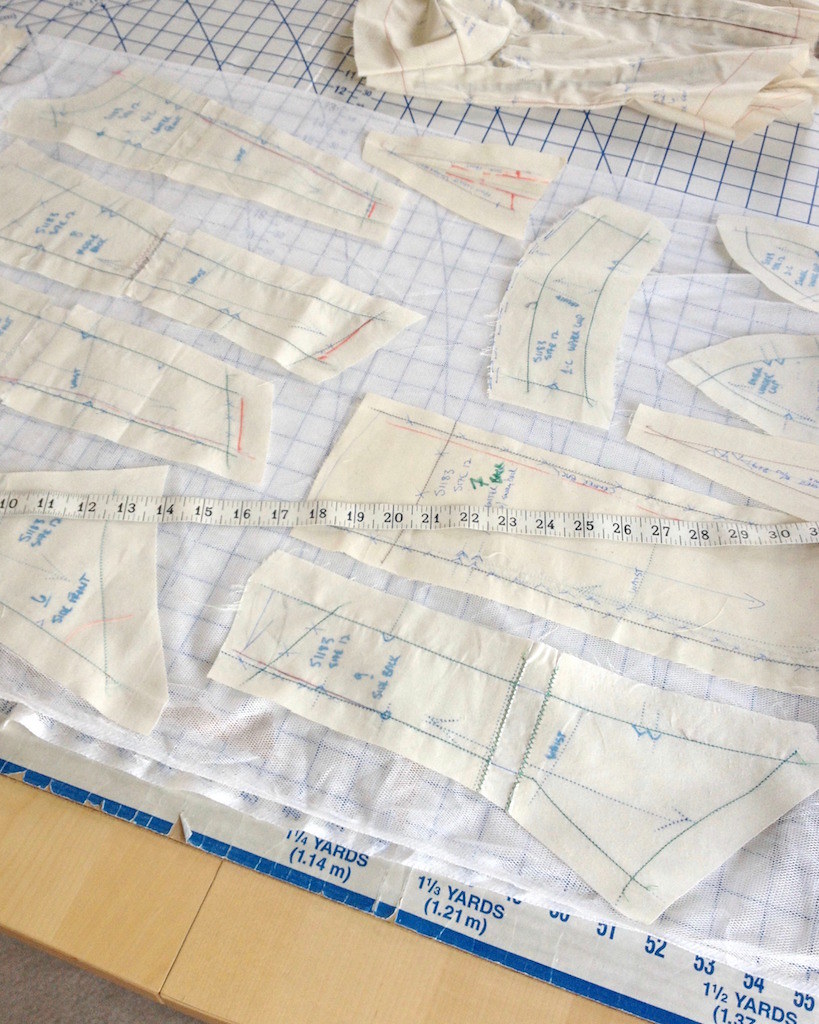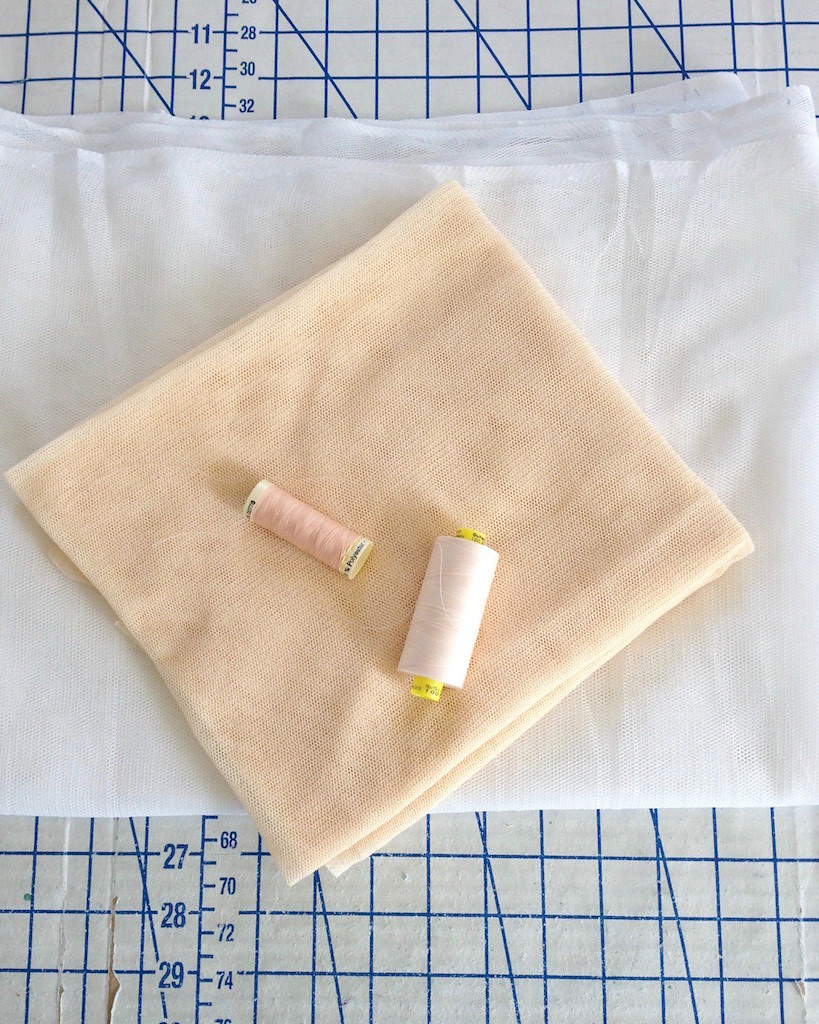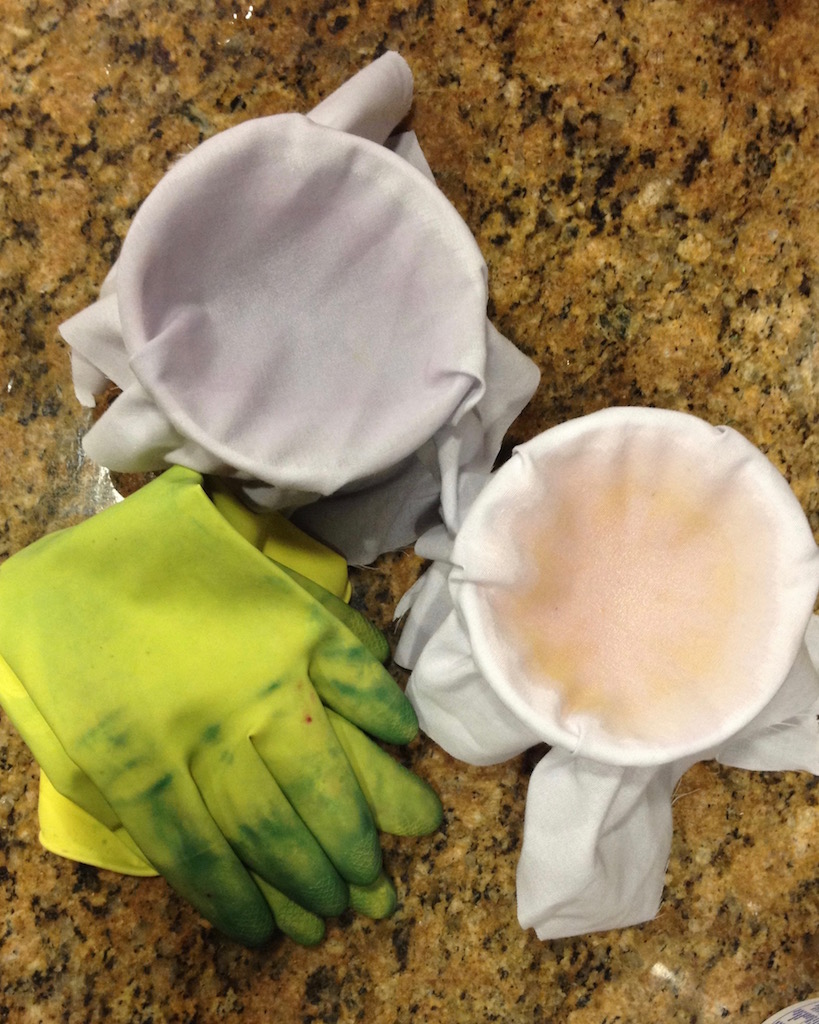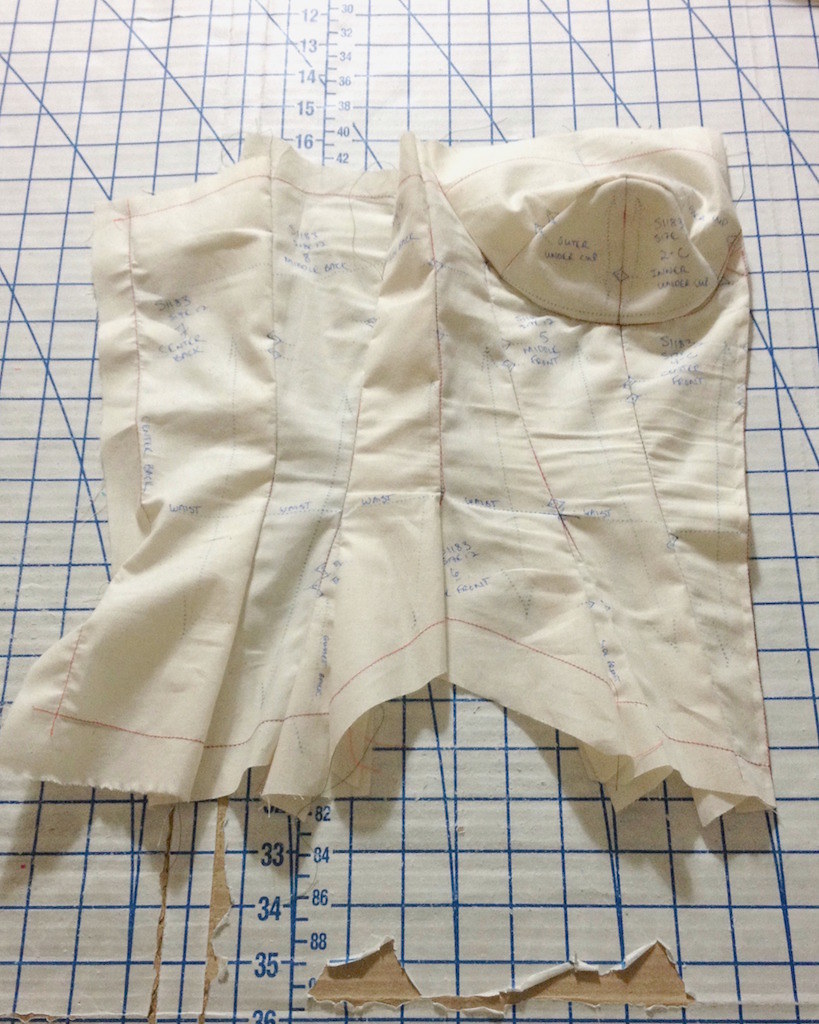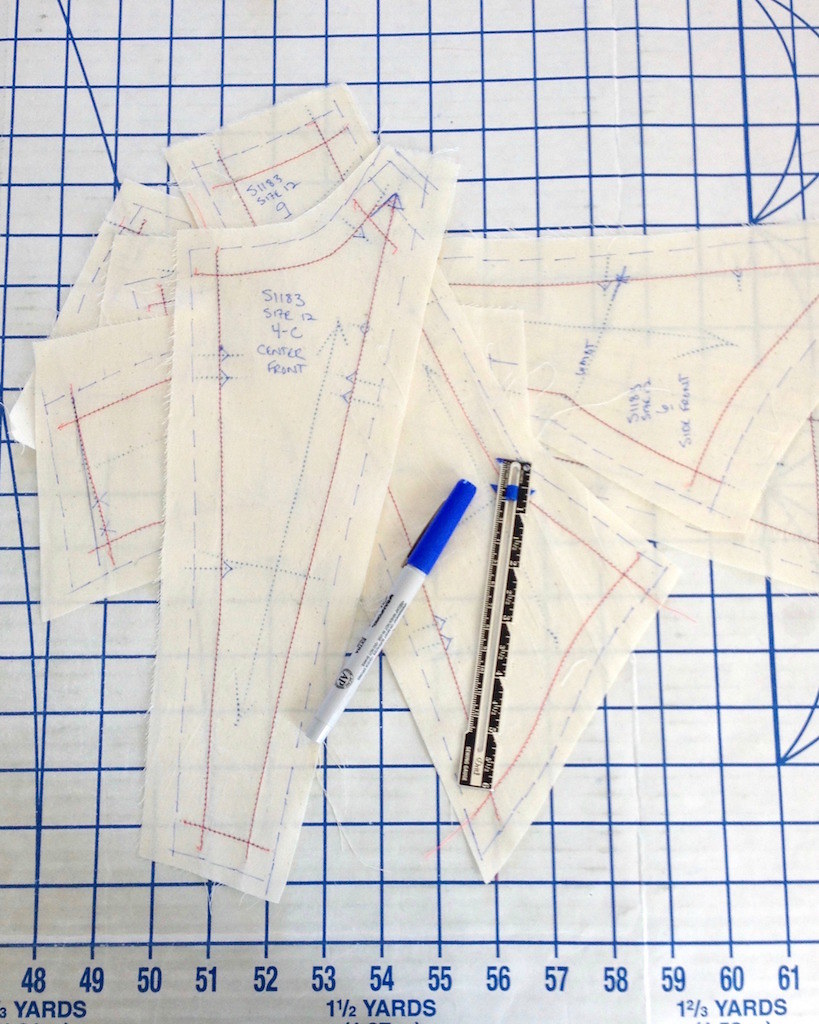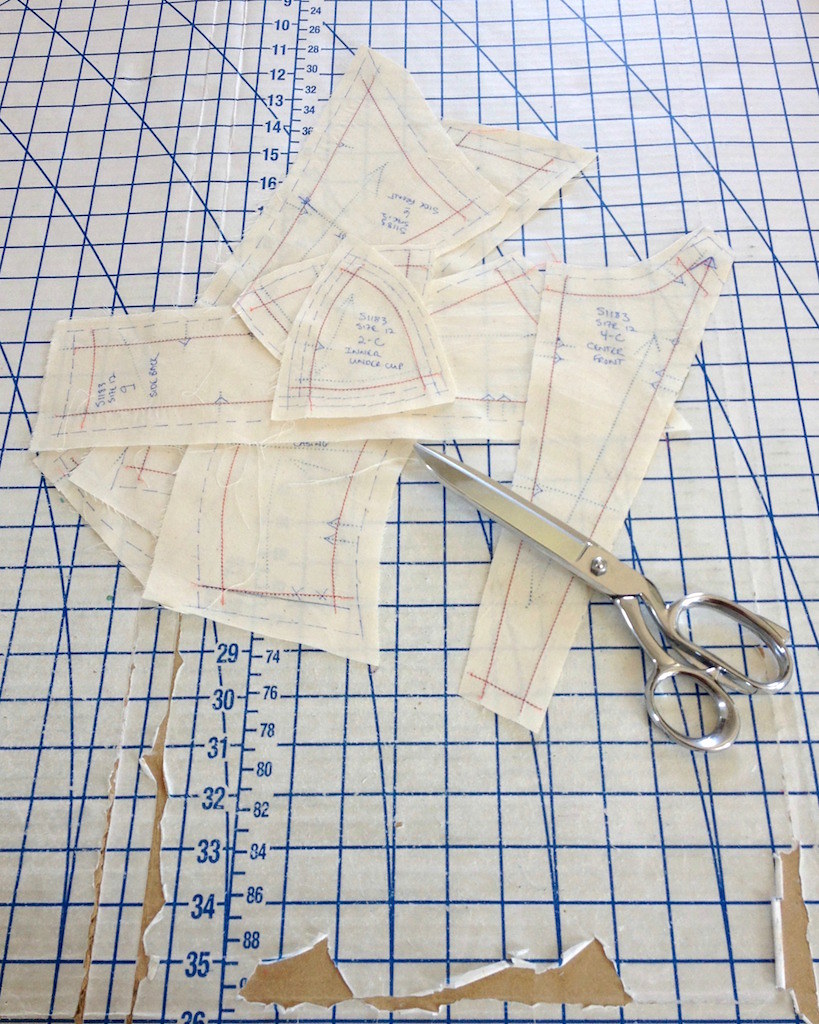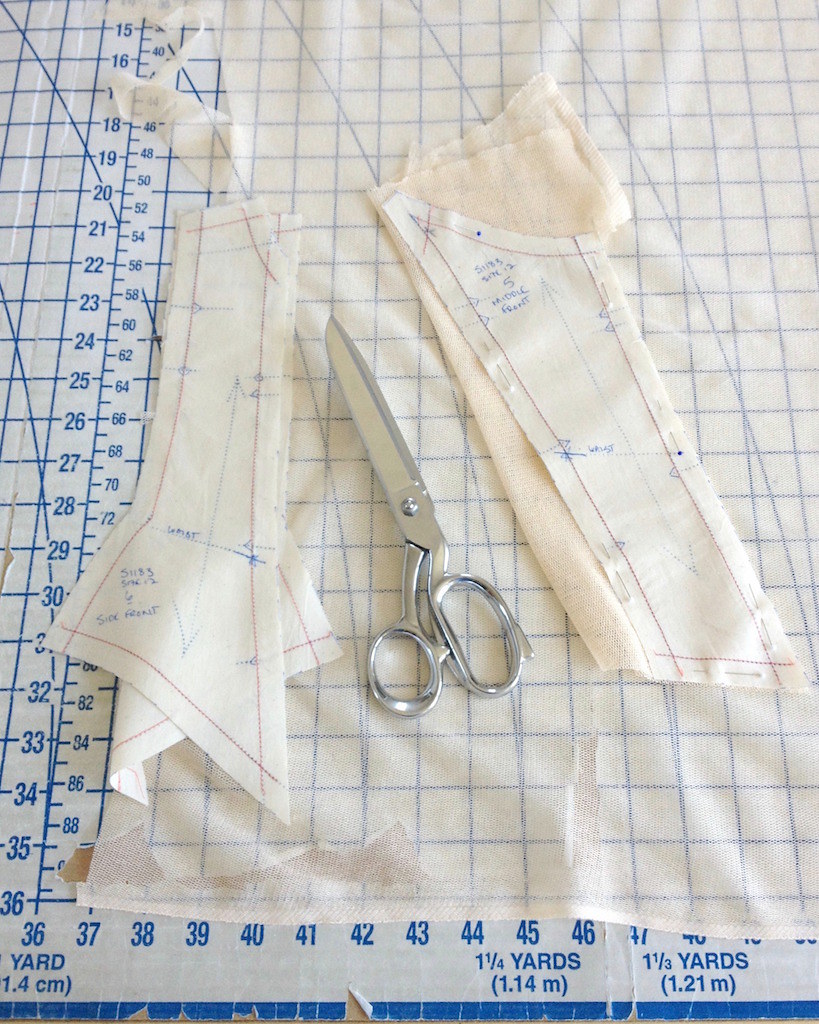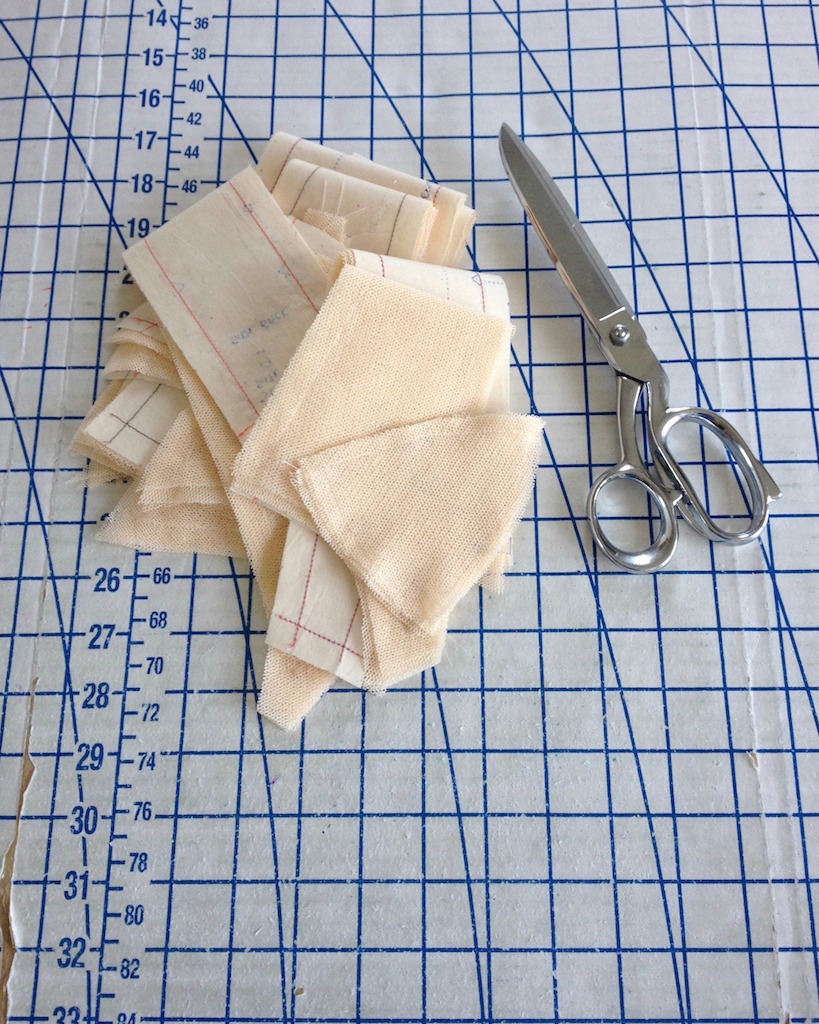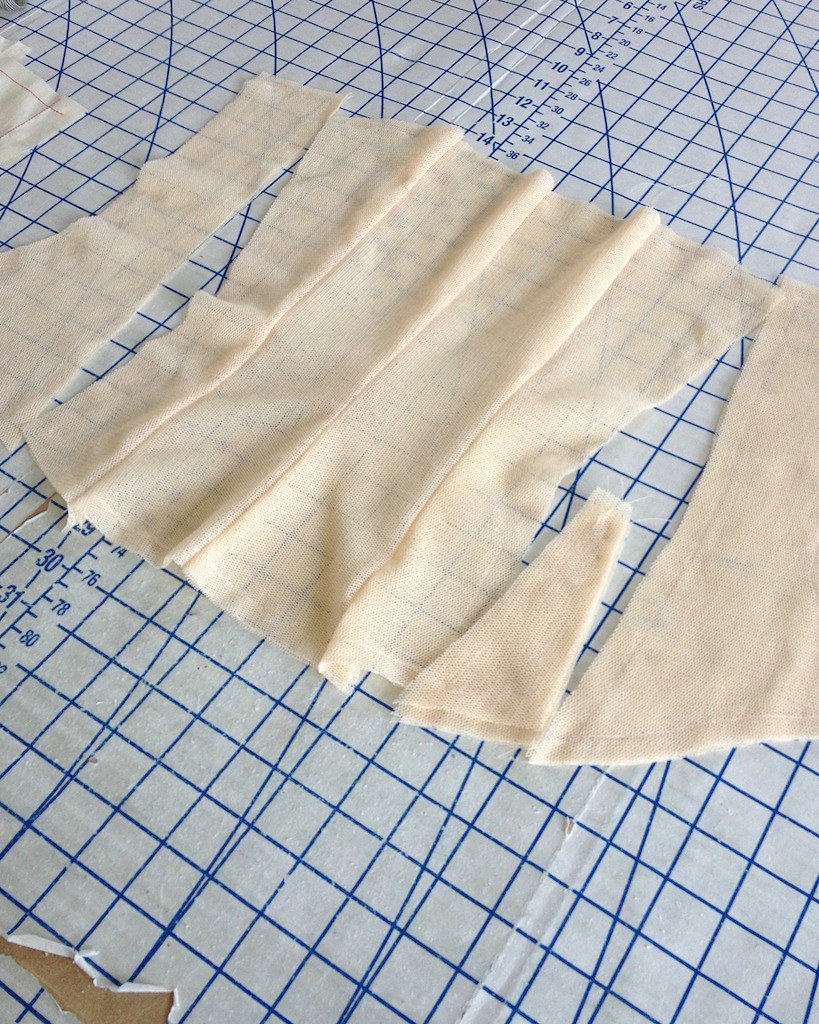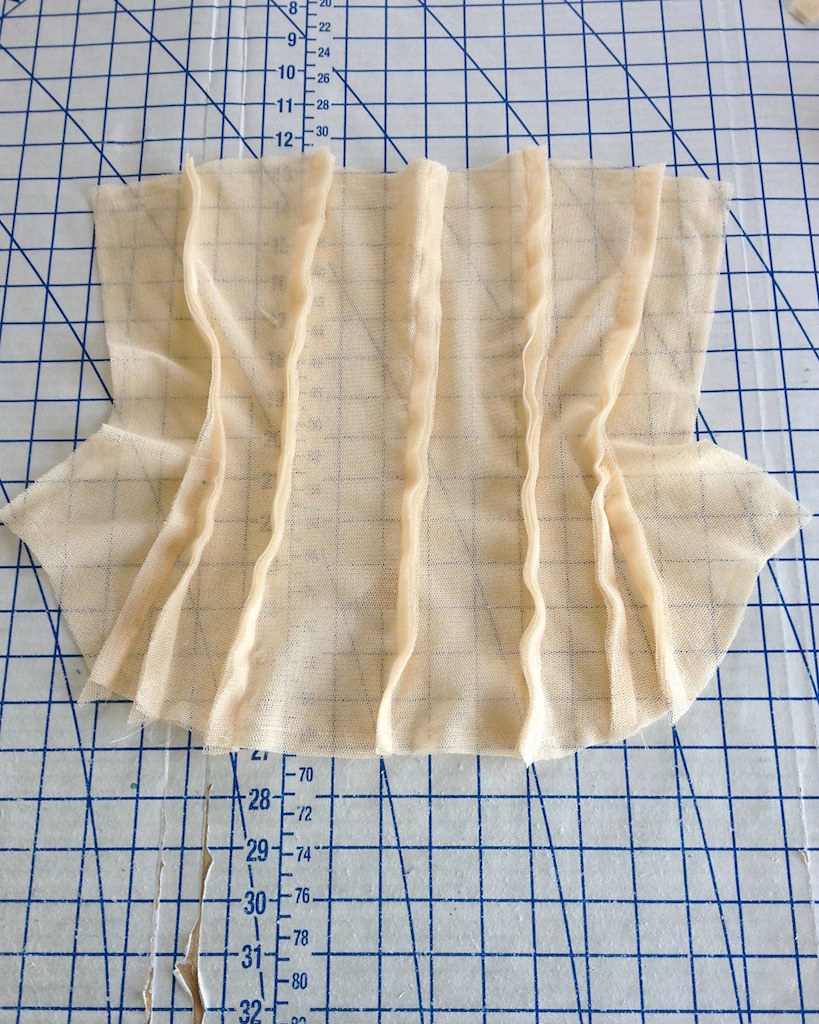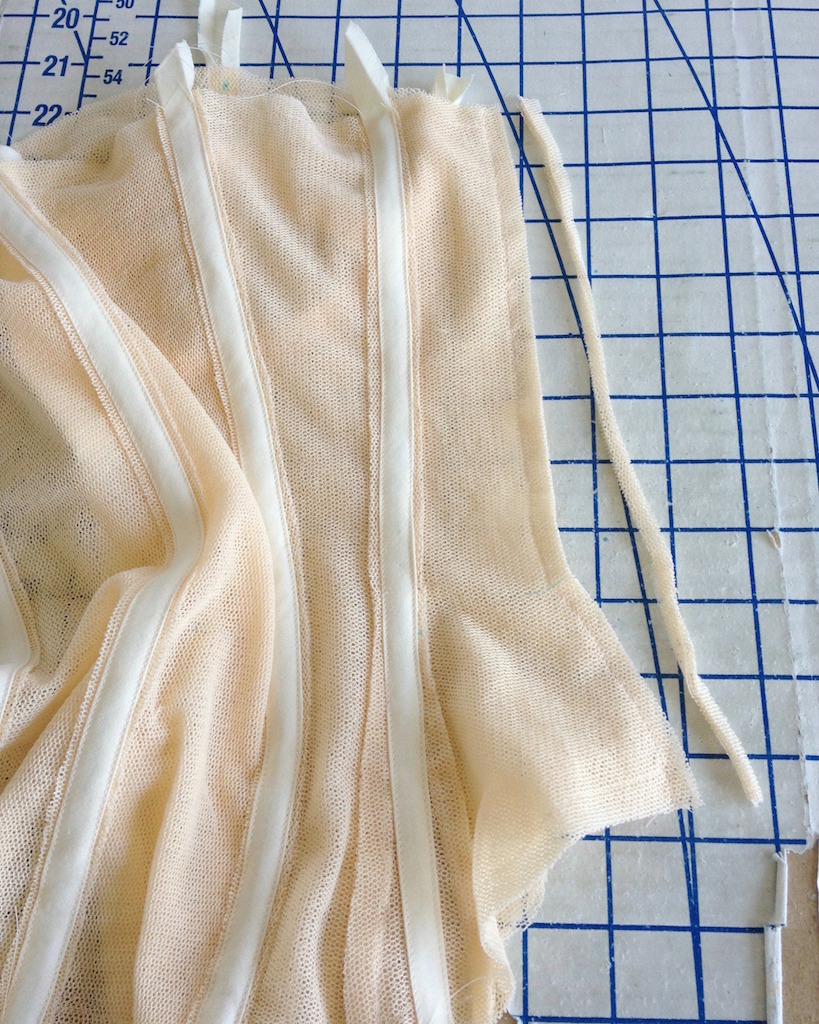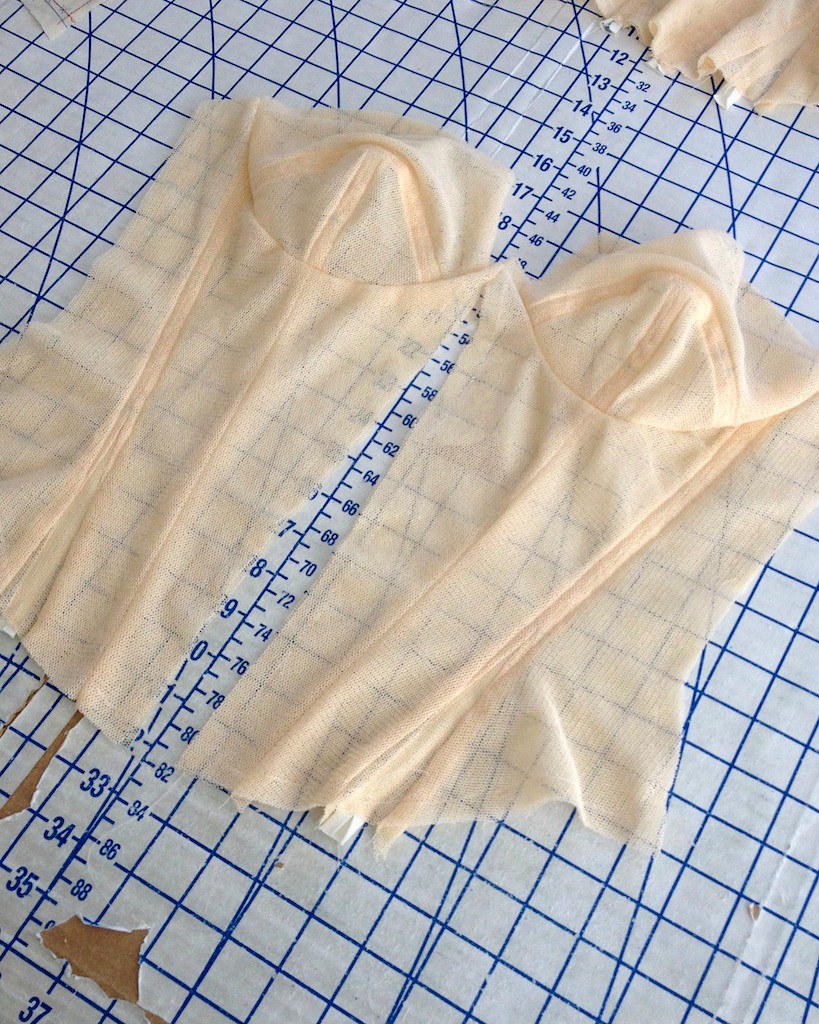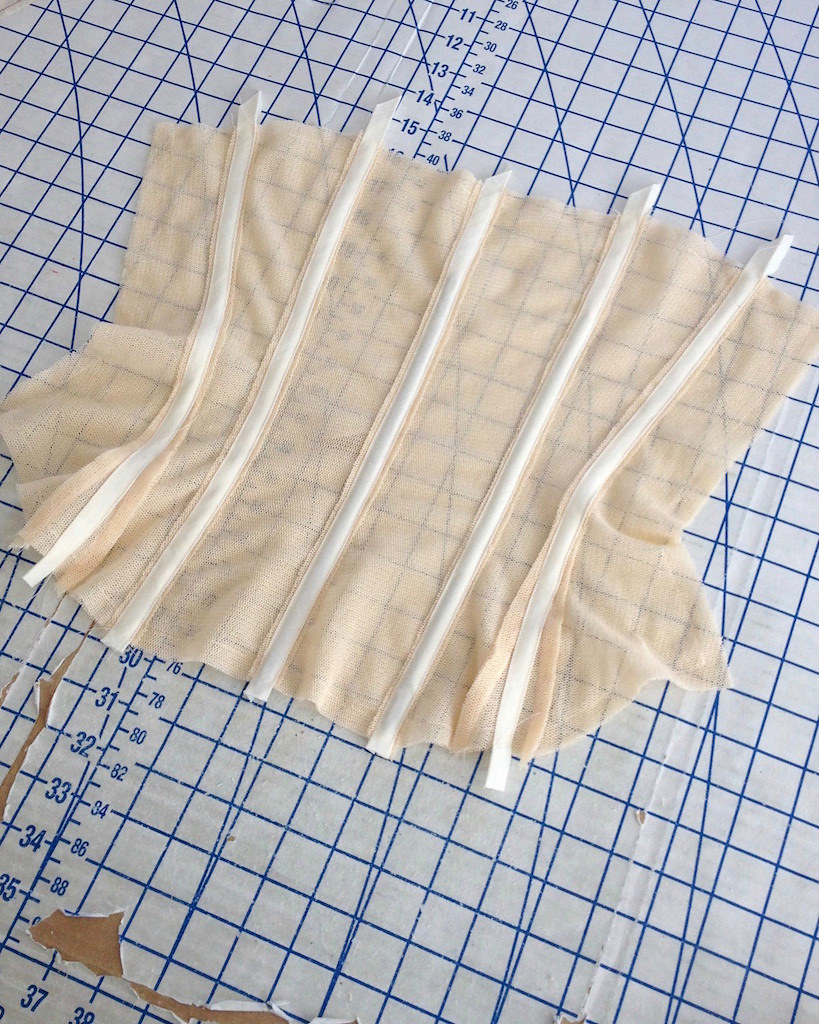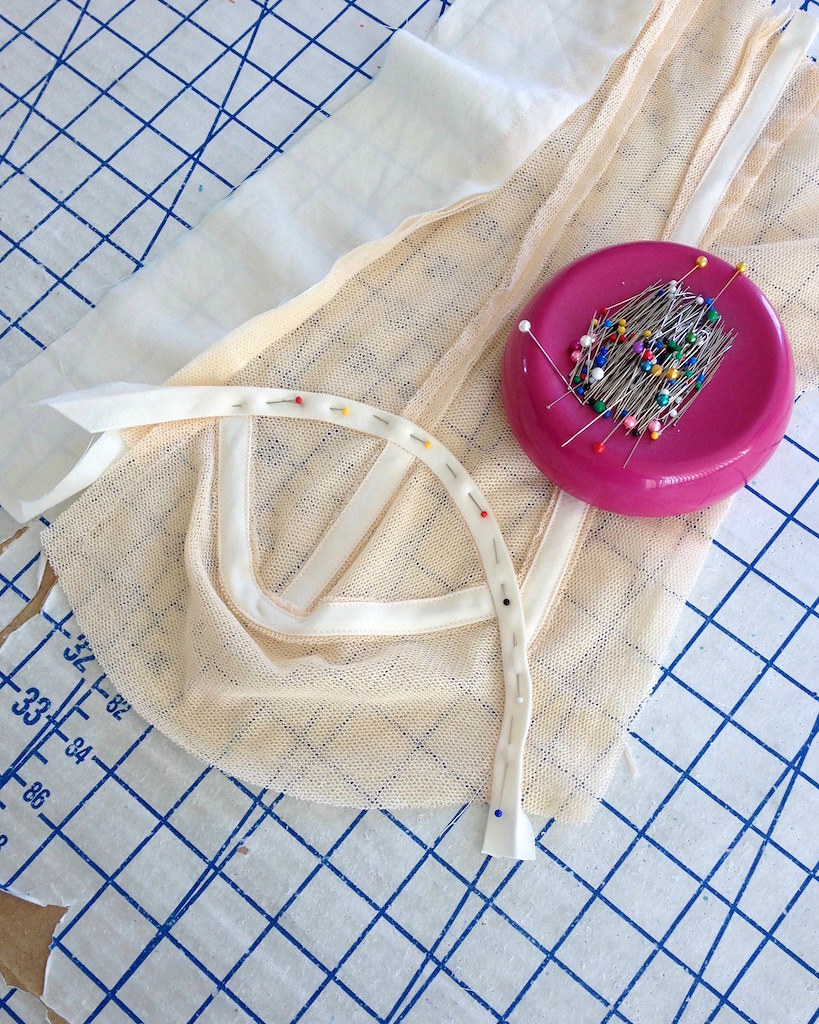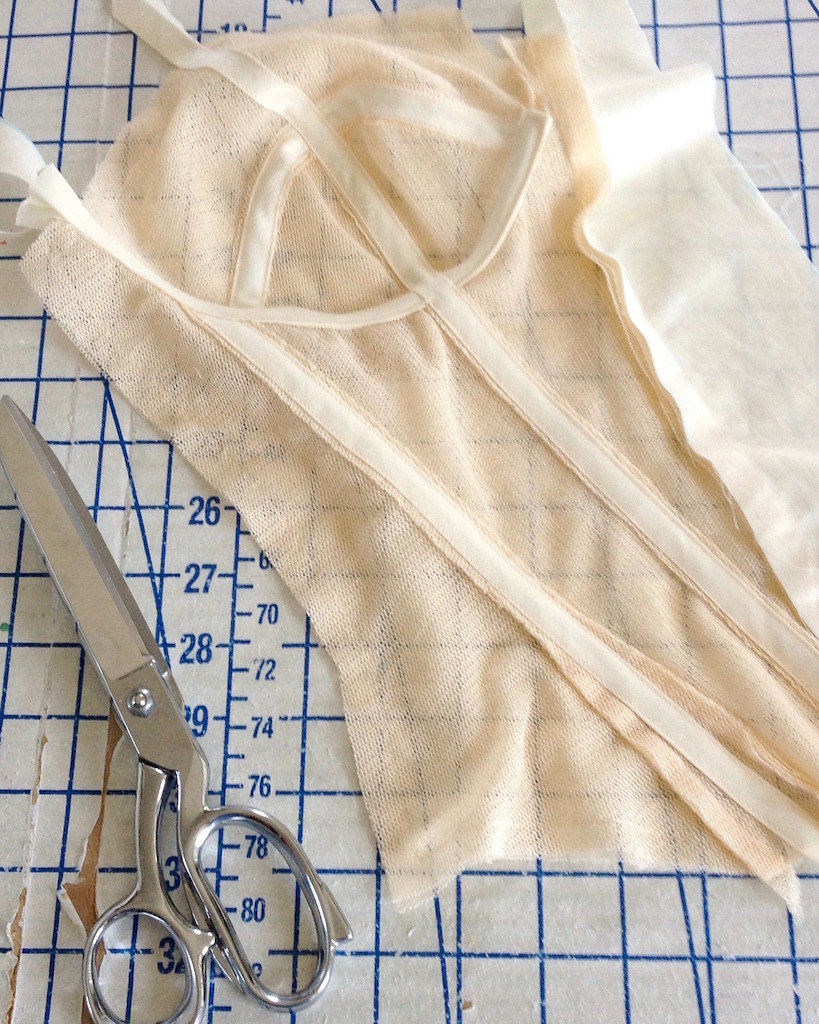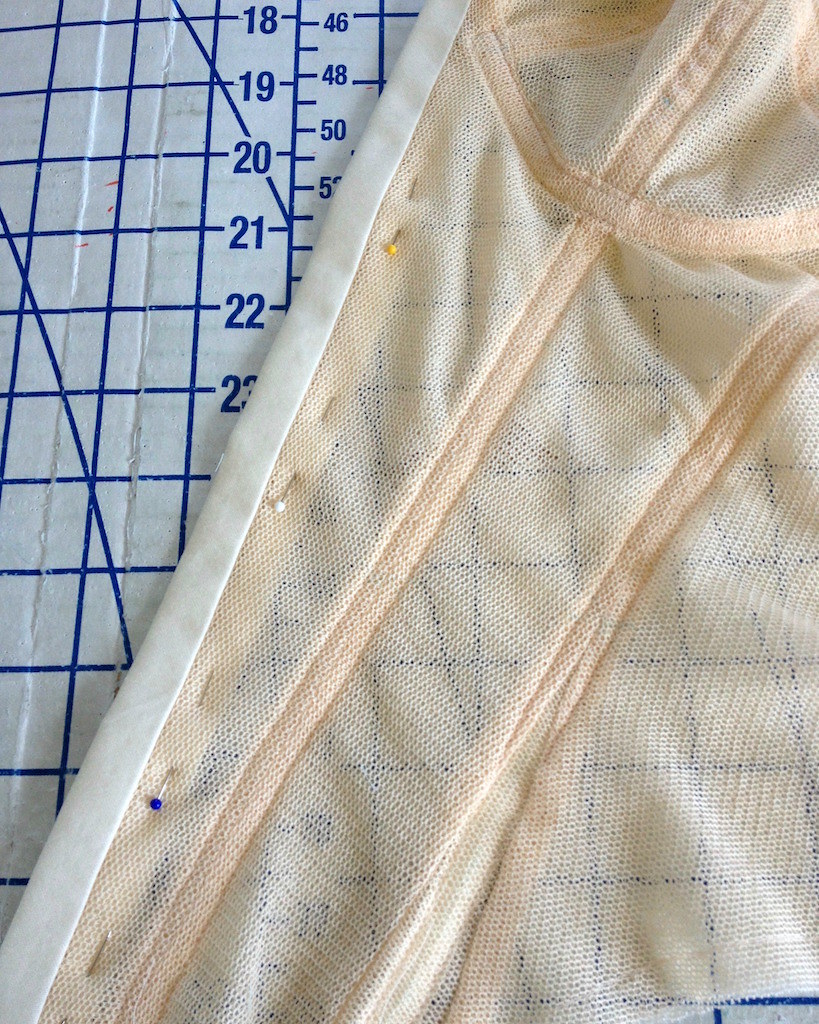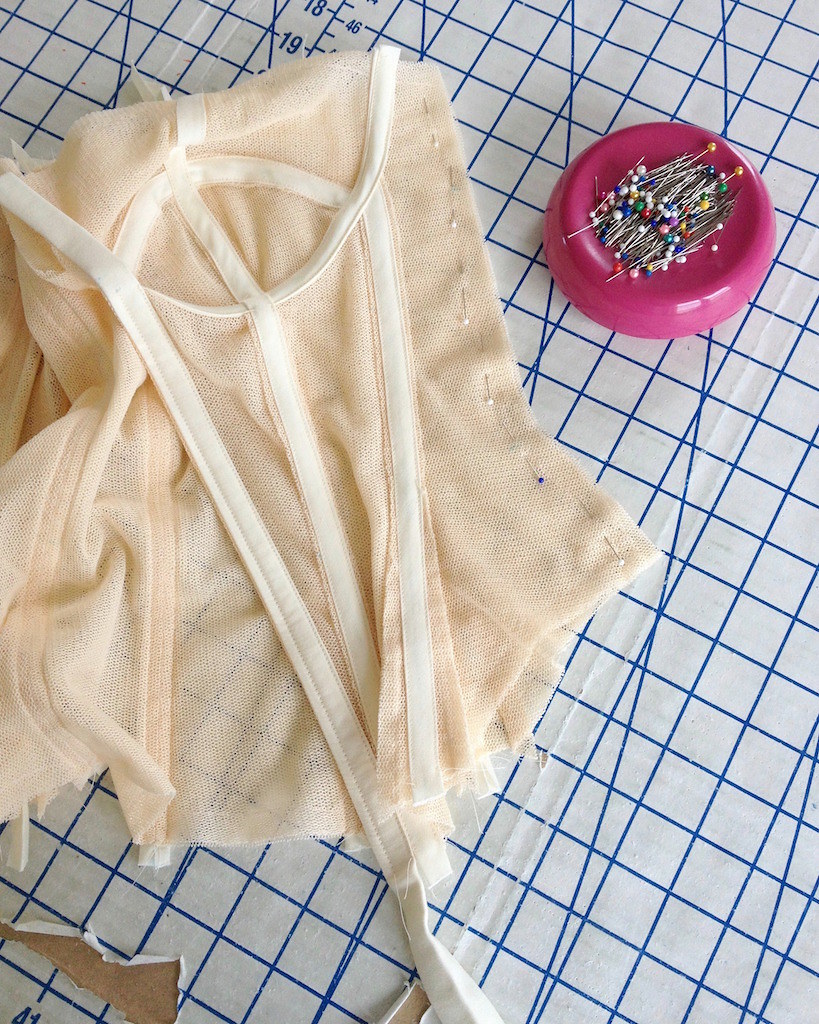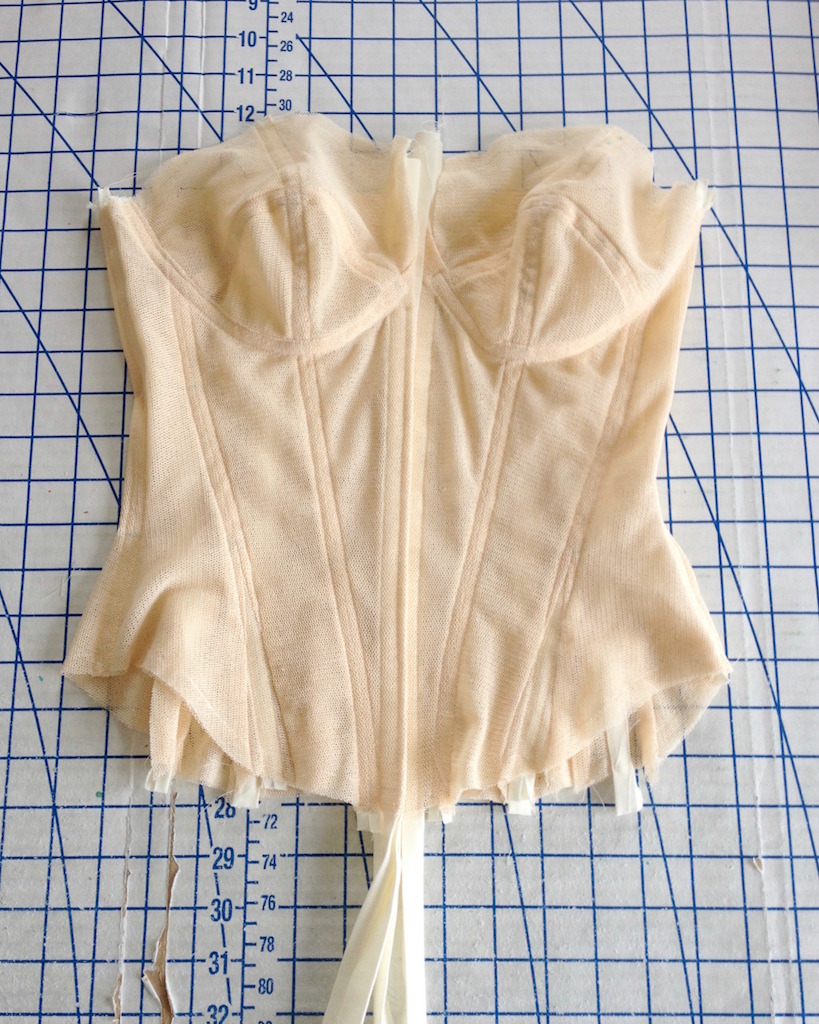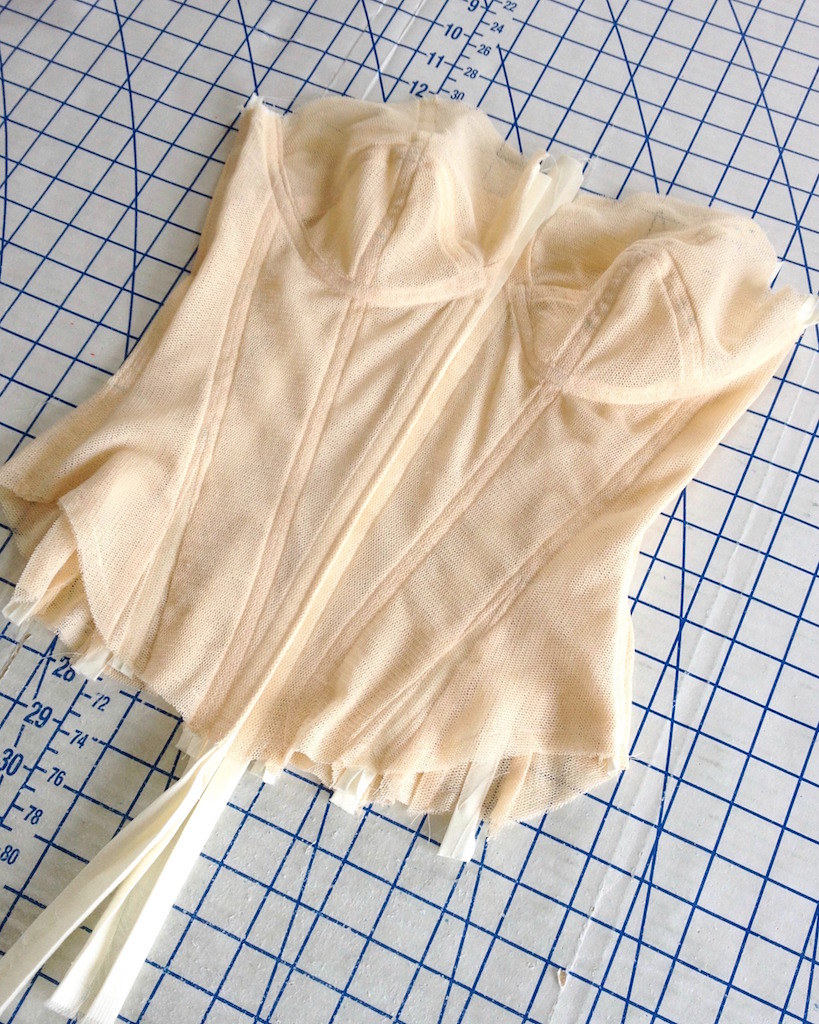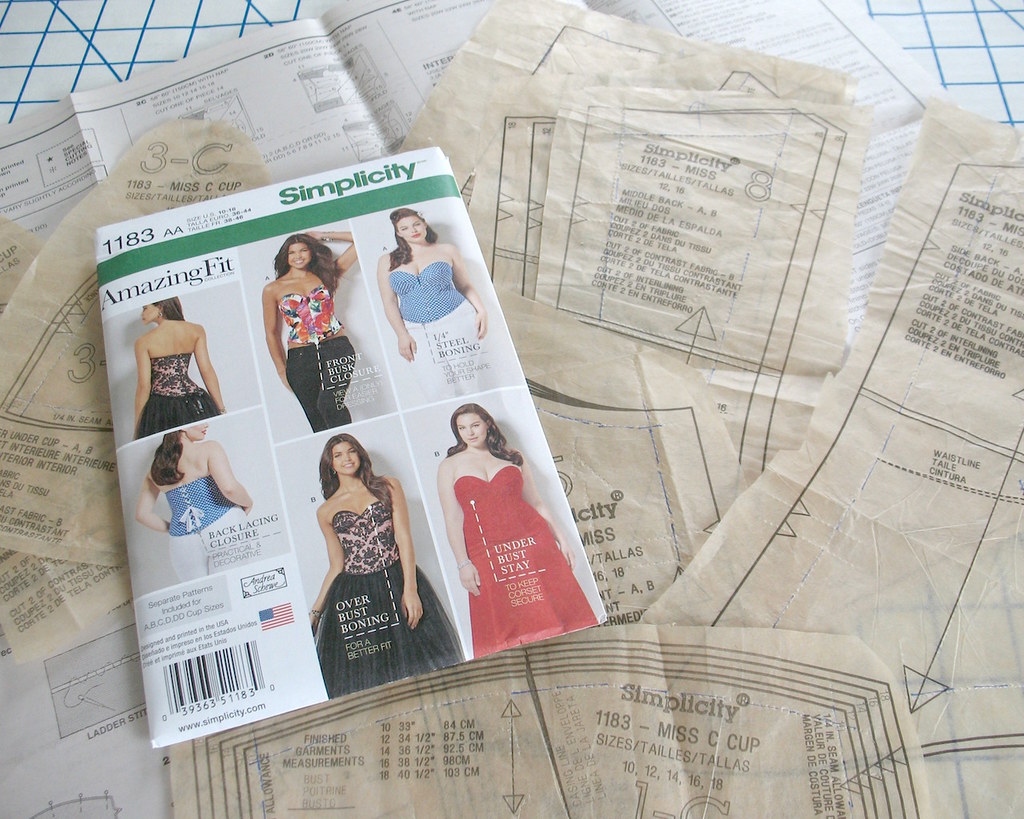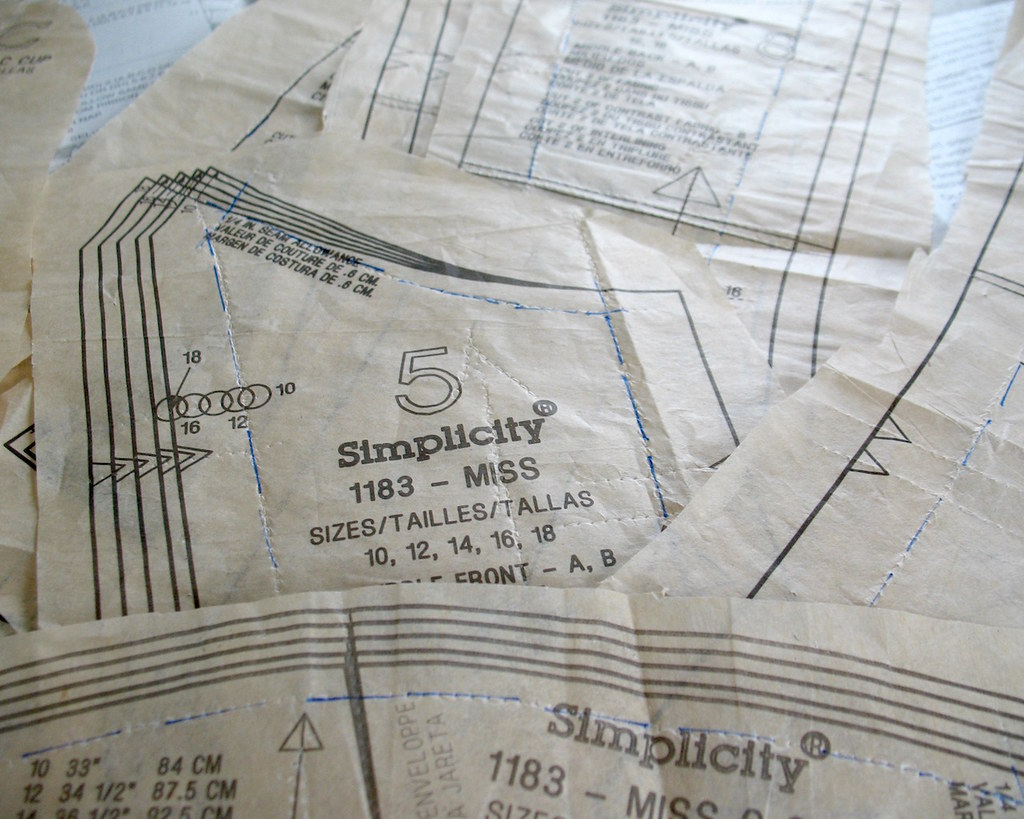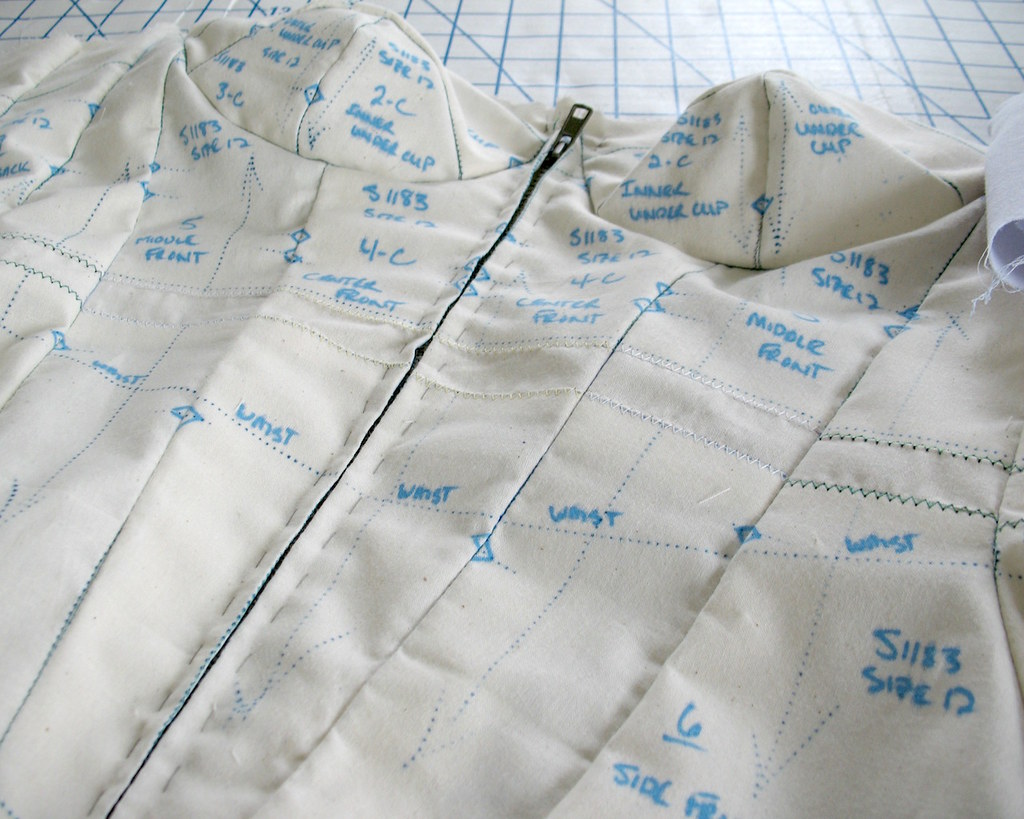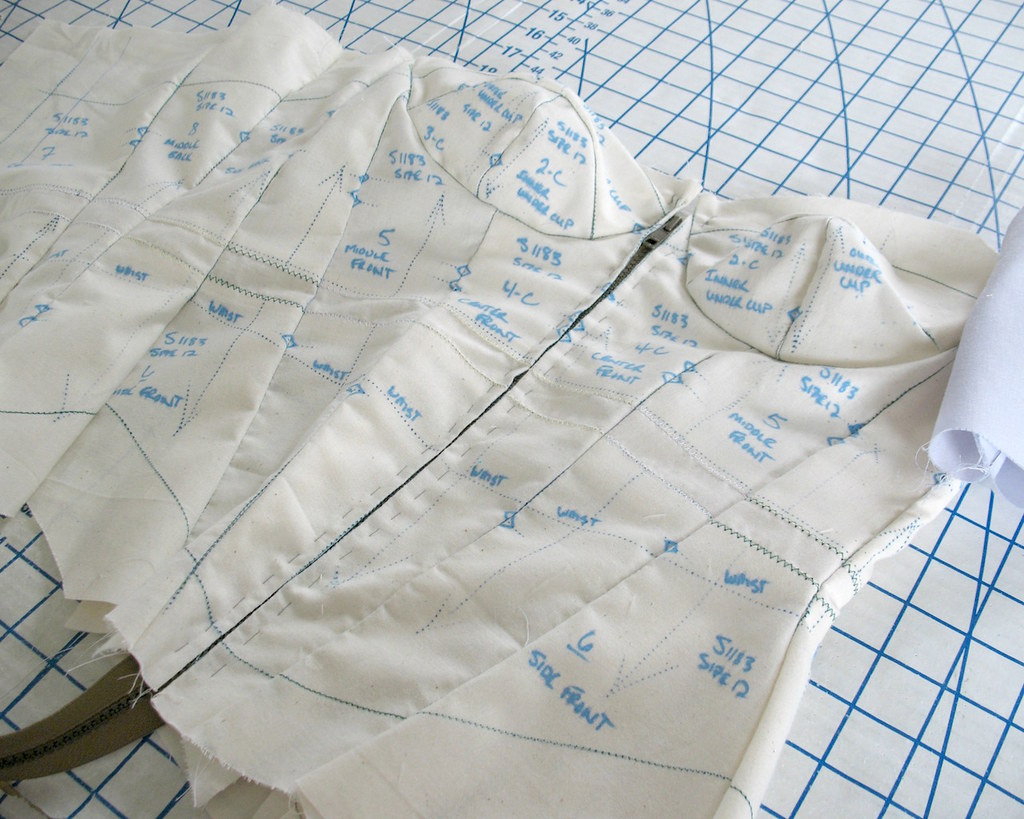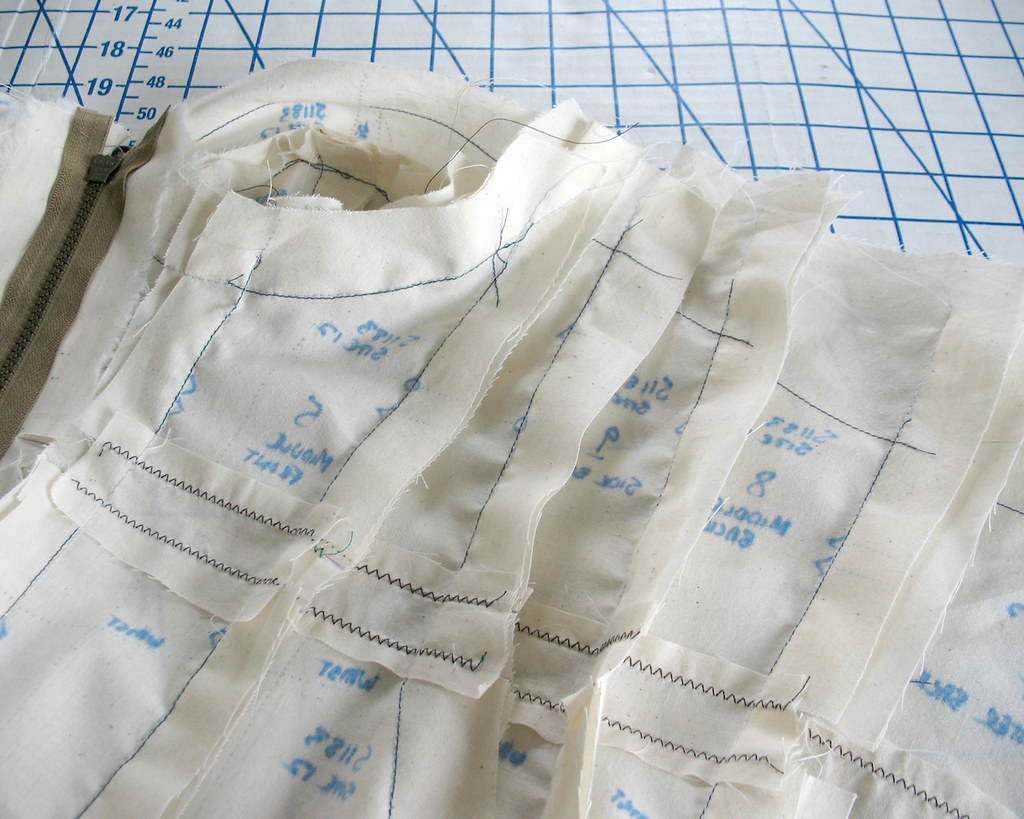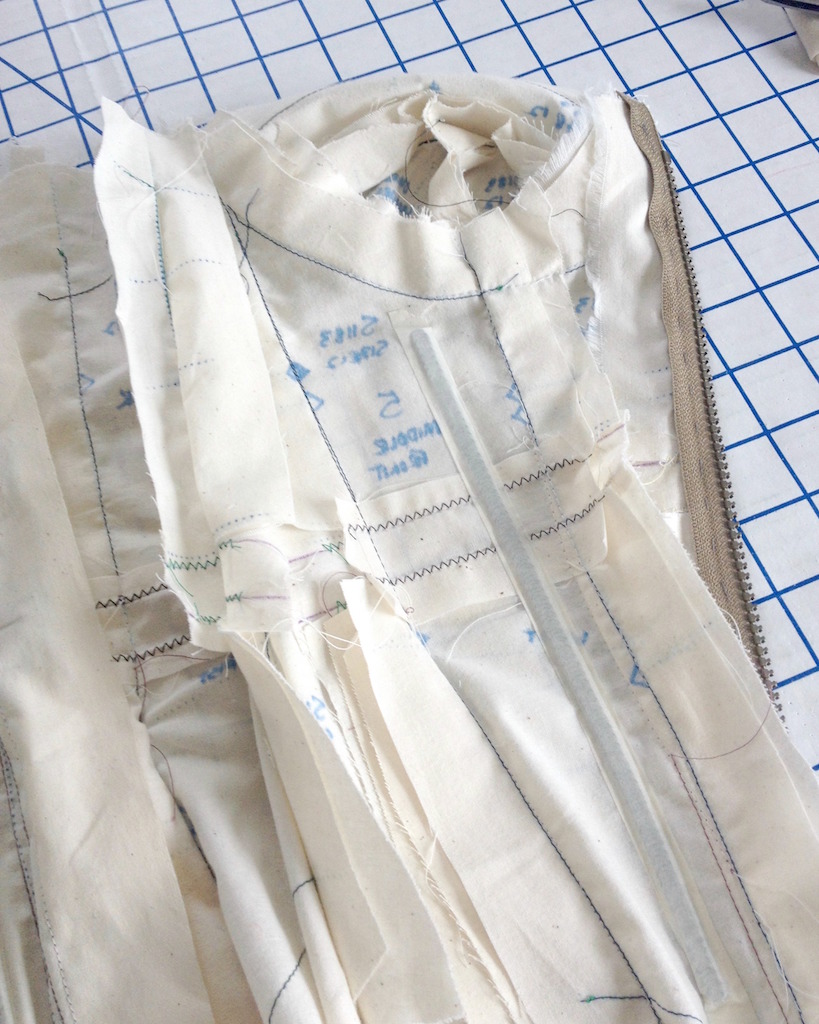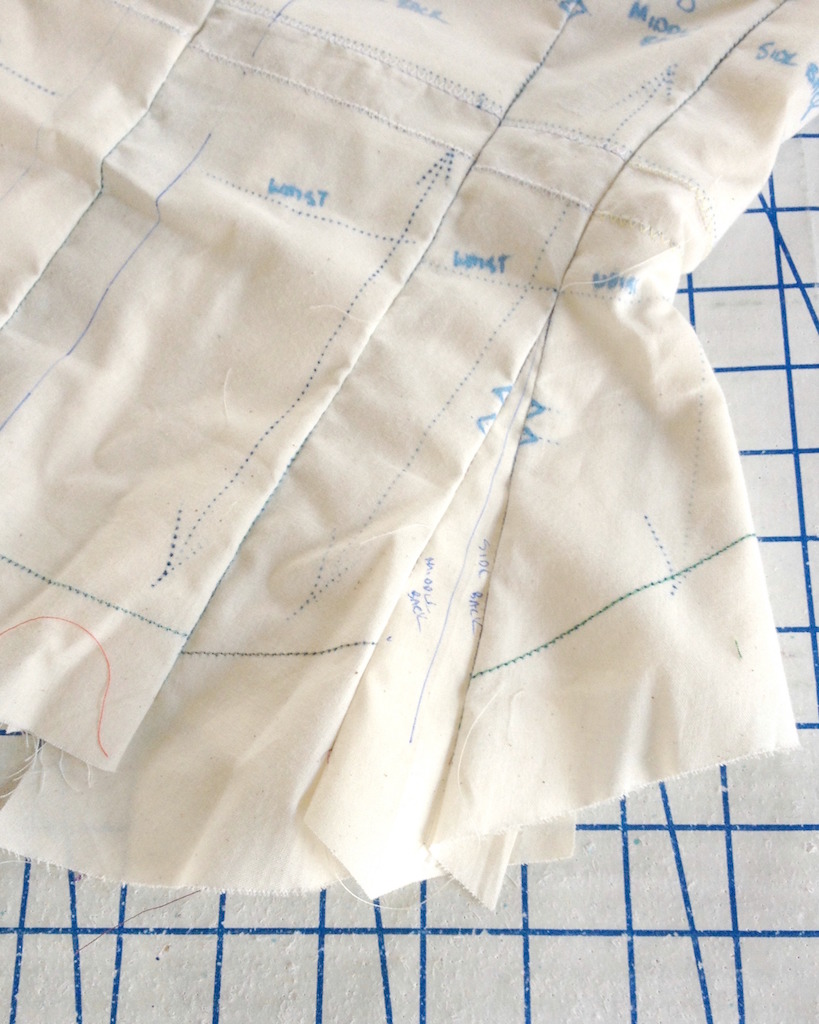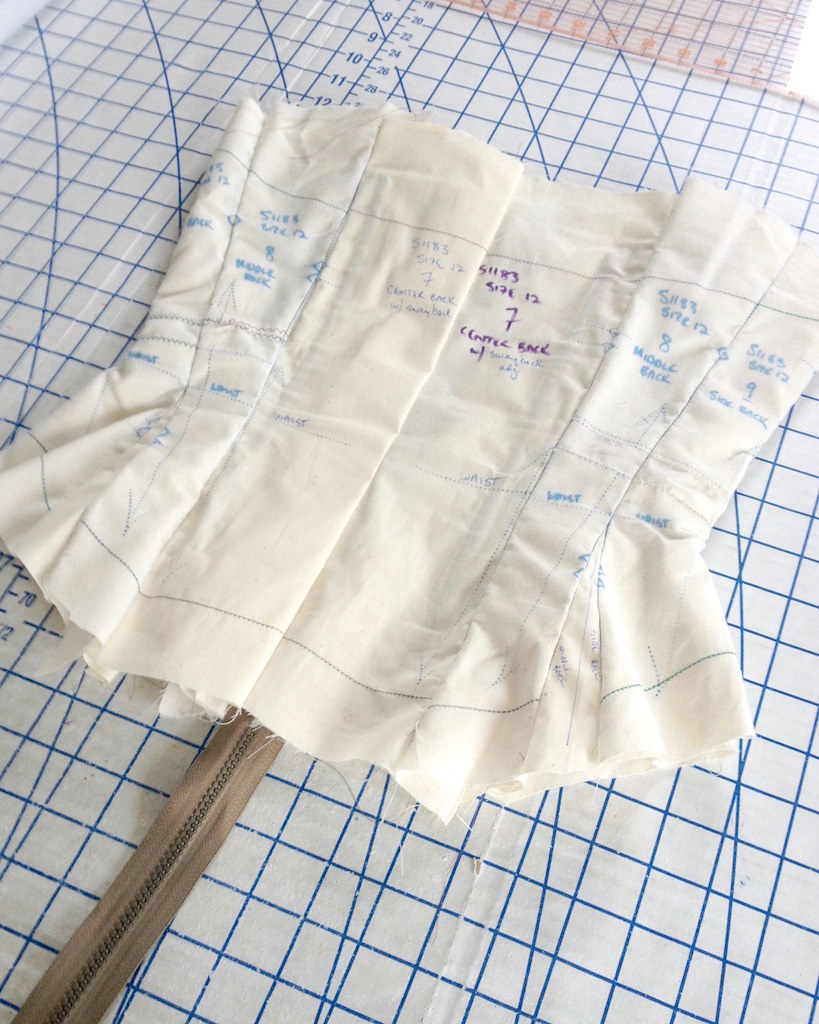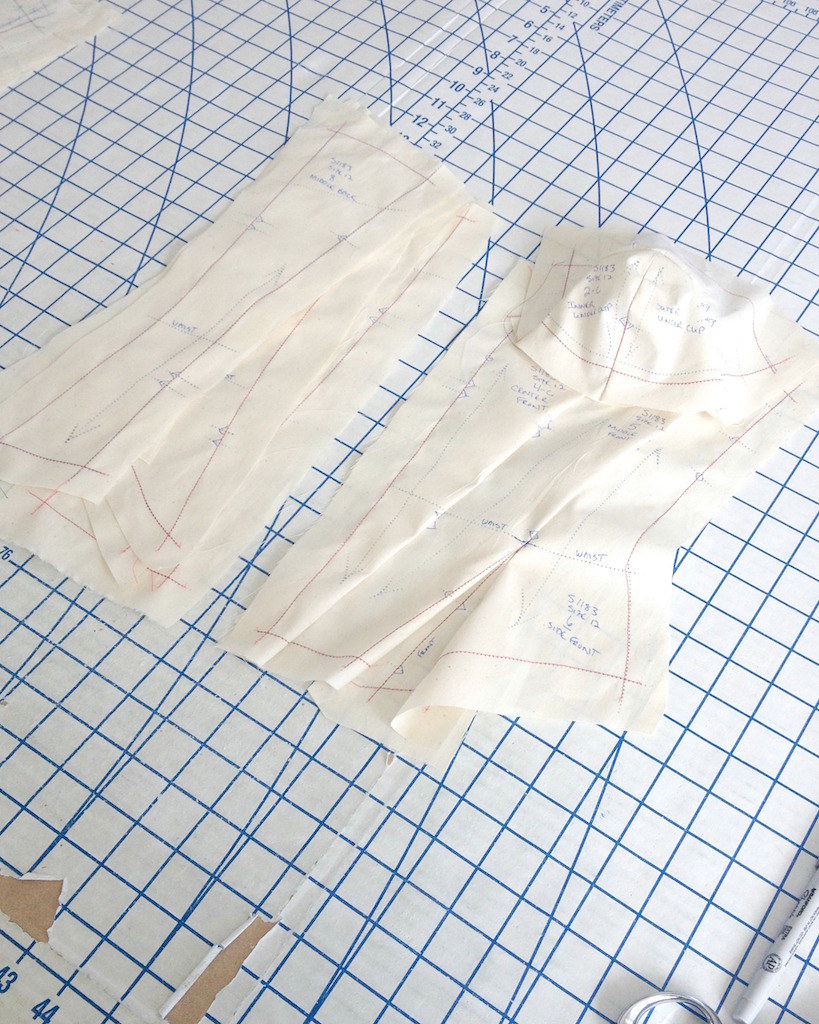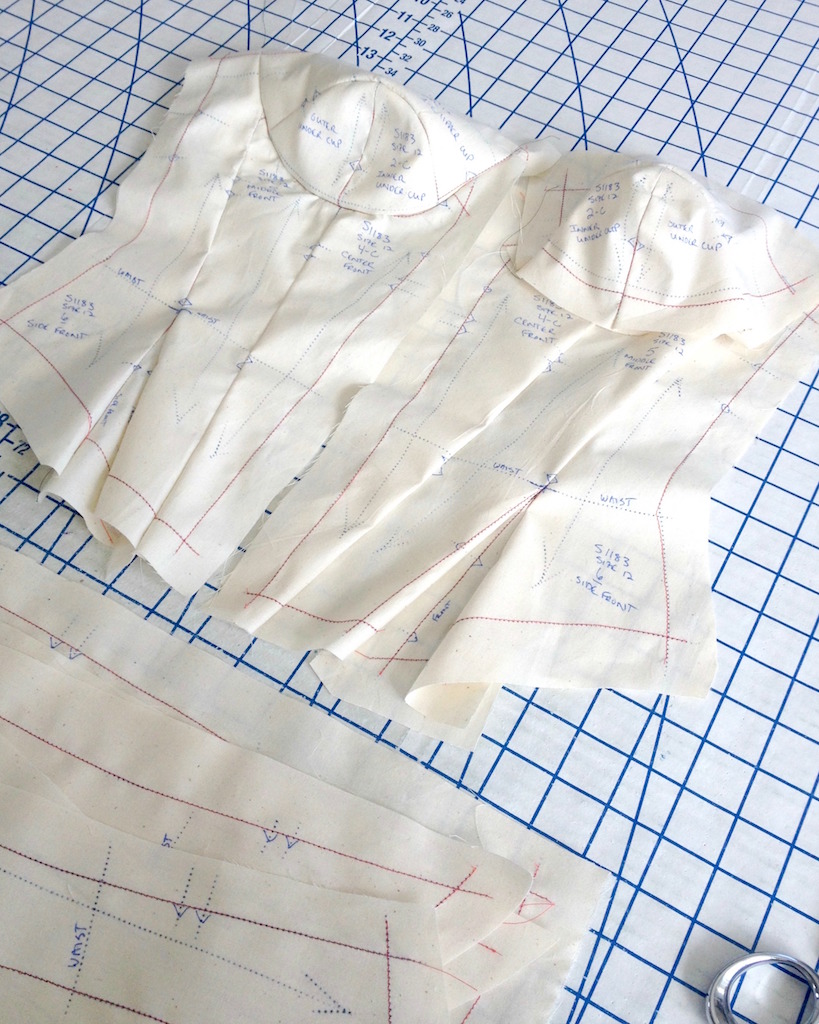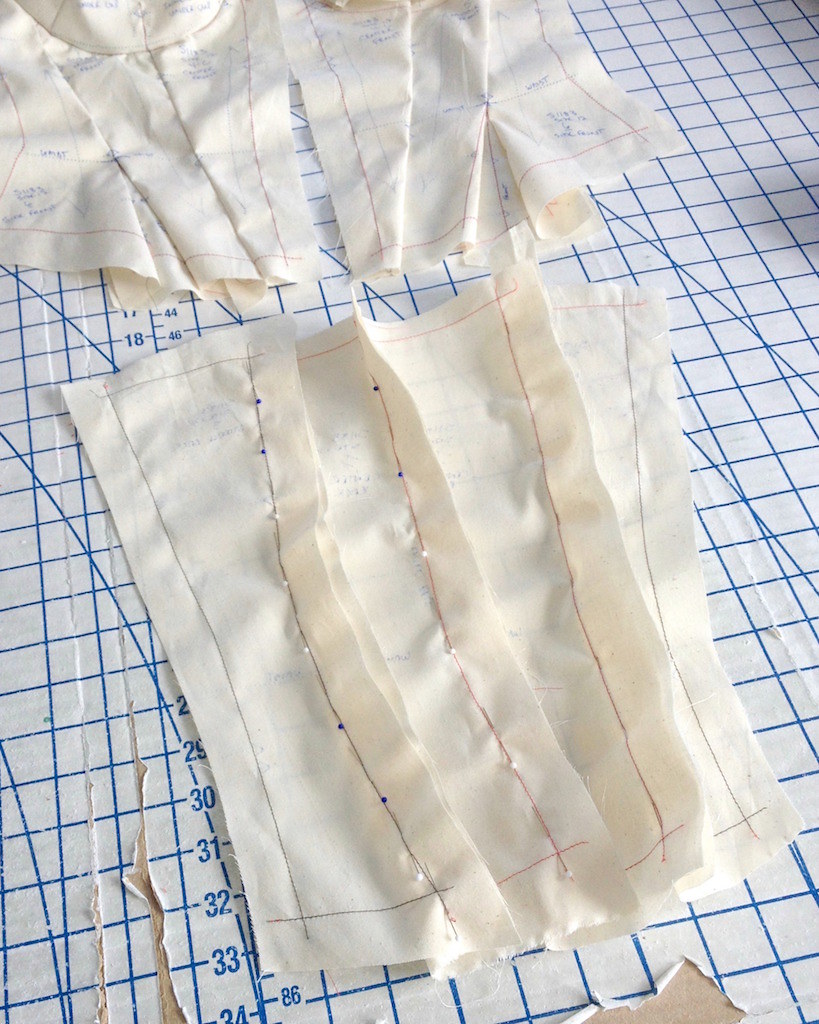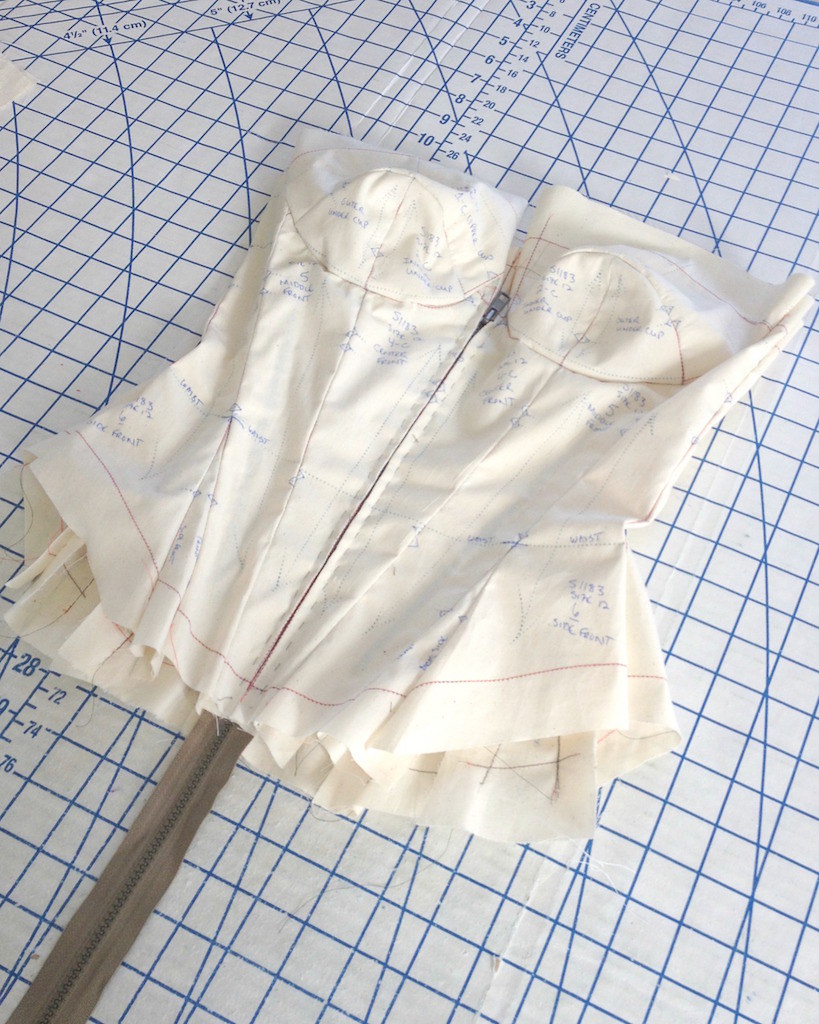Instead of using a coutil or tightly woven cotton like ticking, I decided to use cotton netting for my corselette.
I found a source of cotton bobbinet at Dharma Trading Co. a couple of years ago. The first length I purchased in store was rather stiff before laundering.
The item was out of stock for a while, and when it reappeared on the website, I ordered more. This time around, the netting was quite soft and had a lot more drape, even without the benefit of washing.
The item was out of stock for a while, and when it reappeared on the website, I ordered more. This time around, the netting was quite soft and had a lot more drape, even without the benefit of washing.
Like so many textiles from Dharma, the color choice is limited to white. So my first item of business was to dye a portion of my yardage. I chose two different fiber reactive dyes, hoping that a combination of Ivory and Powder Pink would do a decent job of matching my skin tone. It is not perfect, but I got pretty lucky, and am very pleased with how the color came out.
And then it was time to rip apart one half of my muslin for the pattern pieces.
To make cutting easier, I decided to trim my muslin pieces down, leaving an even 1/2” margin outside of the marked stitching line.
For the bust cups, I used a 1/4” seam allowance.
Two sets of pieces were cut, one on grain, and one on the cross grain, which were then layered together.
This was a rather tedious process, as many of the pieces are similar in shape and the netting has no obvious right or wrong side.
The two layers were then basted together (by machine - I decided hand basting was probably not the best choice for this textile!) and finally stitched together.
Next was the actual garment construction.
The 1/2" seams were trimmed slightly before being pressed flat.
For boning channels, I cut bias strips of cotton and applied one to each seamline.
And it finally started looking like a corselette!
I am not sure if I will be using an underwire, but I added a casing to that seamline just in case.
I did not think that stitching a bunch of hook & eyes to netting was going to be much fun, so I used the cotton to bind the front edges and do double duty as a boning channel.
From this point on, the construction is a bit of an experiment.
I feel like I am headed in the right direction, but only time will tell!
And so far, this is what I have come up with.
Not too shabby for a weekend's worth of sewing!

